In order for the car's engine to work normally, it is necessary to ensure that the engine has a good sealing performance.
The valve cover gasket is a component that keeps the engine completely sealed and plays an important role in sealing. Therefore, it is also subject to the greatest pressure and is likely to be worn.
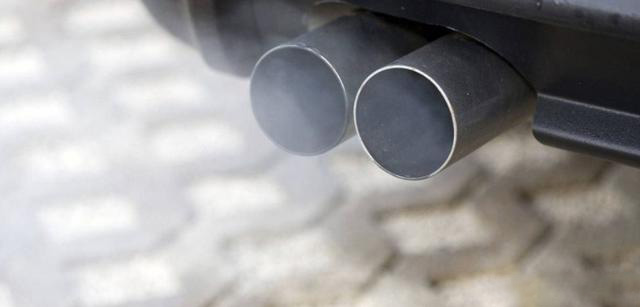
If the gasket is worn, it will directly affect the performance of the engine, which in turn affects the entire vehicle and its practicability. Therefore, even if these failures are not common, do not ignore the important role of washers.
Let's first look at how to identify the symptoms of a car gasket that has failed, because by identifying the symptoms that may occur, components can be replaced before major engine damage occurs.
1, the smell of burning oil

When you smell burning gasoline while driving, it can be regarded as a sign of damage to the gasket. This happens when compressed oil escapes and drips on the cylinder head or intake port.
Because the car is still running and all components are hot enough to burn dripping gasoline, a burning smell is produced.
In this case, you should take the car to a professional and determine the root cause of the flavor source.
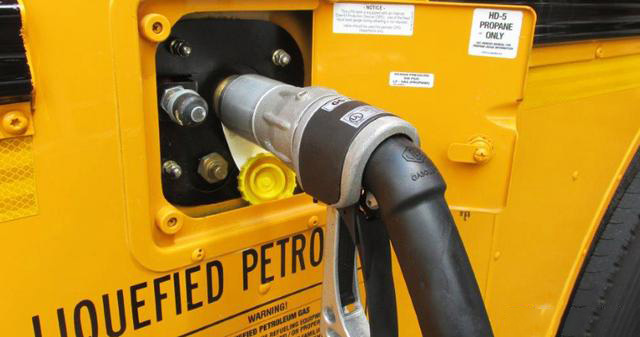
2. Dirty valve cover and oil leakage
If the bonnet looks dirty or surrounded by dirt, it means that the bonnet gasket is leaking. Since the oil absorbs dust and debris and forms a structure here, dirt can accumulate on the valve cover.
Although you may not be accustomed to inspecting the valve cover, you can ask the auto repairer to help you check whether there is a problem with the gasket every time you are in the warranty for the car.
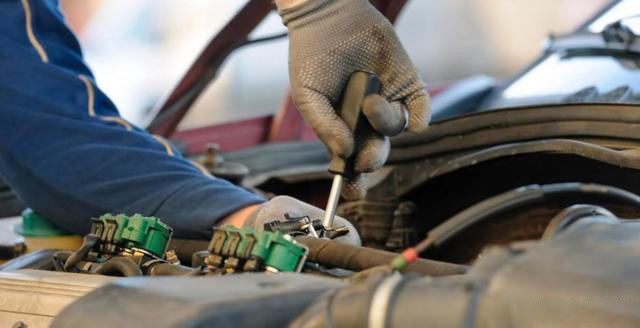
3, the engine lacks oil
When you see a low oil warning on the engine light, it may also be a signal.
The leak in the gasket caused the oil to leave the oil pan. This means that there will be a lack of oil, and you will see warnings on the engine lights due to insufficient lubrication of engine components.
Due to poor lubrication, the internal heating environment will result, which means that the engine must be damaged to the greatest extent, so this problem must be solved immediately.
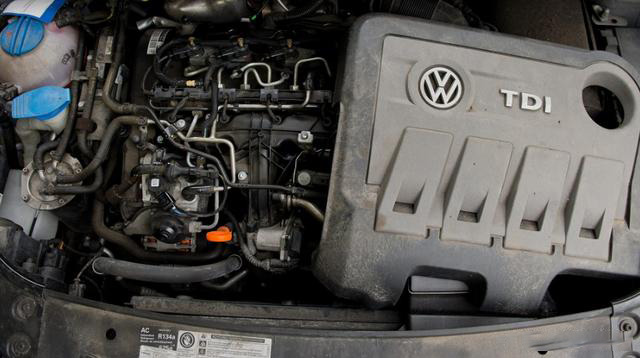
4, the engine is running abnormally and causing a fire
When the leaked gasoline not only has a burning smell, sometimes, the leaked gasoline will flow to the vicinity of the CHANA CS55 spark plug.
If it enters the spark plug tube, it may cause a fire. In other words, if you notice that the performance of the car's engine has declined, be sure to take care of it with professional maintenance personnel.
in conclusion

The above conditions may indicate that there is a problem with the valve cover gasket of the car. Have your car showed any signs recently?
If so, let professional auto repair personnel to recheck whether the gasket is installed correctly, or whether it needs to be replaced.
Extended reading: What should I do if there is a problem with the car fuse cover gasket?
Although cars are powered by mechanical motion, with the development of electronic computer technology, cars are also full of wires and circuits.
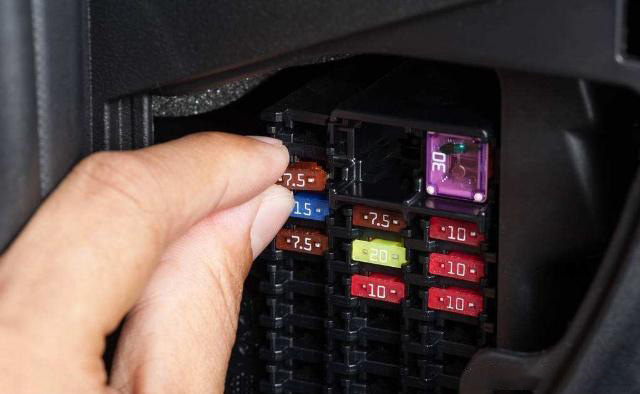
Therefore, when there is a problem with the circuit, the window may not be able to be moved down, and the brake light will stop working. At this time, check the fuse to ensure that it is not blown.
If the fuse is blown, it is easy to replace it, just like replacing the fuse at home.
But before installing a new fuse, try to find out the problem of the blown fuse, otherwise it may blow again. The fuse can protect the circuit from the influence of current. If too much current flows through the fuse, it will automatically blow, which can prevent damage to the remaining wiring and electrical components. Each individual fuse is marked with an ampere rating, which indicates the amount of current required to cause it to blow.

Inside the fuse, there is a small metal conductor that will melt when the threshold is exceeded. The thickness of the strip determines the rating of the fuse.
Most modern vehicles use blade fuses. With this design, the metal conductor strip of the fuse is encapsulated in a plastic case, and the strip is connected between two metal blades extending from the housing.
The blade type fuse is located in the fuse box or power distribution block.
Normally, there is a box under the dashboard on the driver's side and another box under the hood. The exact location of these boxes can be found in the user manual.
There are dozens of fuses in the fuse box. In most cases, a legend is attached to the box cover to identify a single fuse. The user manual will also provide this information.
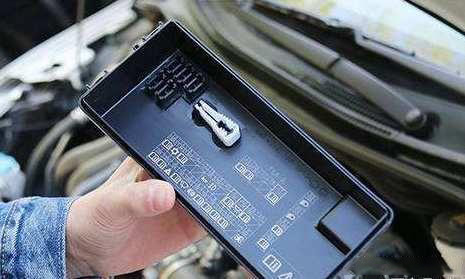
After finding the correct fuse, you need to remove it, that is, pull the fuse directly out of the package. You can pull the fuse directly with your fingers. If it does not work, you can use a fuse puller or needle-nose pliers to pull it. If you use pliers, be careful not to clamp the fuse too tightly.
The cause of the fuse broken may be a short circuit or a component failure. After removing the fuse, check the inside of the fuse to see if the metal strip is blown in the middle. If it blows, you need to replace the fuse.
Another more advanced method of testing fuses is to use a digital multimeter, turn the meter to the ohm setting, and then connect a wire to each fuse strip. The meter should display a digital reading.
If it shows "OL" (out of limit), the fuse is blown and needs to be replaced.
The first step in installing a fuse is to ensure that you choose a suitable replacement fuse. Do not install a fuse with a different rating from the original fuse. Otherwise, it may cause the fuse to fail to blow when the circuit is overloaded, and cause a lot of circuit damage or even fire.

Once you find the correct fuse, gently push it into the slot of the fuse box and check the circuit to make sure it is operating properly.
If the fuse continues to blow, there is a circuit problem that must be solved, and this problem must be repaired, otherwise the fuse will continue to blow.
There is also a common problem with the cylinder head gasket, which is easy to determine.
It can be determined from the billowing white smoke caused by exhaust and engine overheating, but more subtle cylinder head gasket failures may be more difficult to diagnose. The engine may experience coolant failure, or the engine may only experience coolant failure when driving under heavy load.
When starting the vehicle for the first time, the driver may even feel that the engine is not running smoothly.
This may require a preliminary inspection of the cooling system components and a comprehensive test to confirm the problem of engine overheating.
Check whether there is white steam or smoke in the exhaust. The steam discharged from the exhaust may be slightly weakened because the steam will be emitted into the surrounding air.
Another sign is that there may be oil in the cooling system, and you need to check for residual oil in the CHANA CS75 coolant reservoir. It is very important to confirm the actual operating temperature of the engine and the accuracy of the thermometer, which can be verified by a non-contact infrared heat detection gun.
Before determining that the gasket is faulty, pressurize the cooling system (to eliminate coolant leakage as a source of coolant failure), check the operation of the cooling fan, and check the work of the radiator.
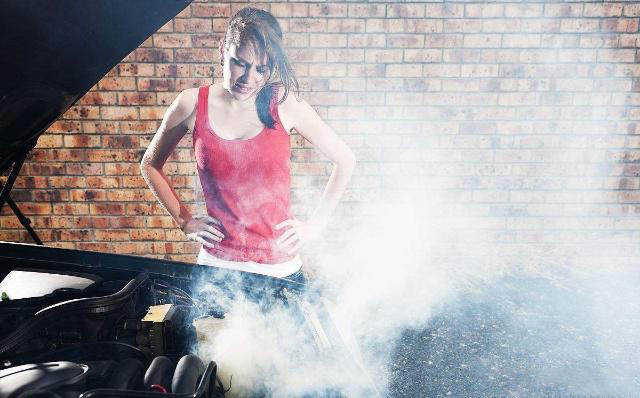
The most effective and accurate diagnostic test to determine whether the cylinder head gasket is sealed is to check for the presence of combustion gases in the engine coolant. This must be done with the engine hot and the radiator cap removed.
This can be a bit tricky, so be careful when heating the engine with the radiator cap removed, or when removing the cap when the engine gets hot.
Close the radiator cover and keep the engine warm, and place the funnel where the radiator cover is normally located.
Start the engine and let it run, and observe the circulation of the coolant. It is common to see some air bubbles in the cooling system, and a large number of air bubbles in the cooling system are signs of cylinder head gasket failure.
Be very careful when running the engine with the radiator cap removed. Hot coolant may be accidentally discharged from the radiator. When the engine is running, a tool is used to extract smoke from the cooling system through related chemicals. The chemicals will detect the presence of carbon monoxide in the cooling system, because if the gasket fails or the cylinder head itself ruptures, carbon monoxide will appear.
Another method is to use an analyzer for checking vehicle exhaust gas. When using this machine, it can measure the presence of hydrocarbon (HC) gas evaporating from the coolant, and if the HC reading exceeds 50PPM, then This indicates that the gasket is leaking.











